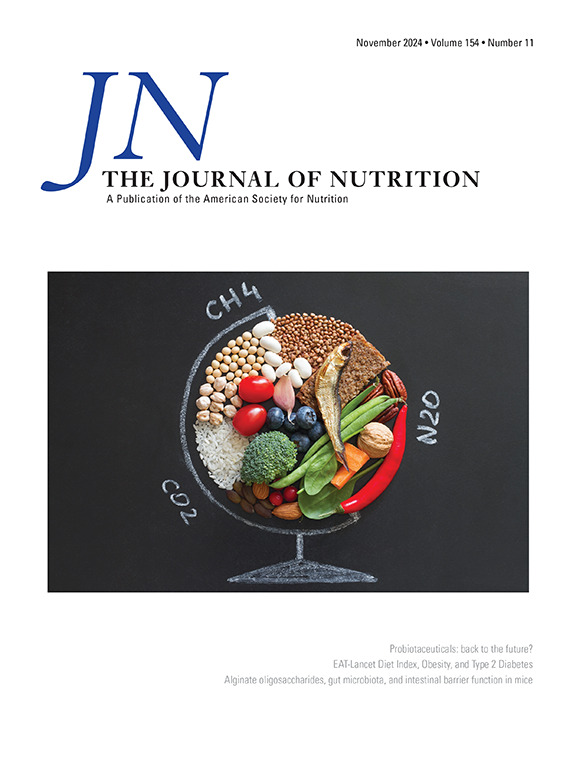p-Hydroxycinnamic Acids: Advancements in Synthetic Biology, Emerging Regulatory Targets in Gut Microbiota Interactions, and Implications for Animal Health
IF 3.7
3区 医学
Q2 NUTRITION & DIETETICS
引用次数: 0
Abstract
p-hydroxycinnamic acids (p-HCAs), a class of natural phenolic acid compounds extracted from plant resources and widely distributed, feature a C6-C3 phenylpropanoid structure. Their antioxidant, anti-inflammatory, and antibacterial activities have shown great potential for applications in food and animal feed. The interactions between p-HCAs and the gut microbiota, as well as their subsequent effects on animal health, have increasingly attracted the attention of researchers. In the context of a greener and safer future, the progress and innovation in biosynthetic technology have occupied a central position in ensuring the safety of food and feed. This review emphasizes the complex mechanisms underlying the interactions between p-HCAs and the gut microbiota, providing a solid explanation for the remarkable bioactivities of p-HCAs and their subsequent impact on animal health. Furthermore, it explores the advancements in the synthetic biology of p-HCAs. This review could aid in a basis for better understanding the underlying interactions between p-HCAs and gut microbiota and animal health.
求助全文
约1分钟内获得全文
求助全文
来源期刊

Journal of Nutrition
医学-营养学
CiteScore
7.60
自引率
4.80%
发文量
260
审稿时长
39 days
期刊介绍:
The Journal of Nutrition (JN/J Nutr) publishes peer-reviewed original research papers covering all aspects of experimental nutrition in humans and other animal species; special articles such as reviews and biographies of prominent nutrition scientists; and issues, opinions, and commentaries on controversial issues in nutrition. Supplements are frequently published to provide extended discussion of topics of special interest.
 求助内容:
求助内容: 应助结果提醒方式:
应助结果提醒方式:


